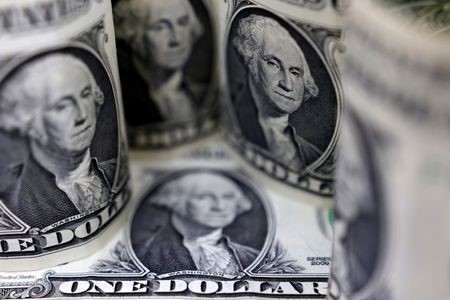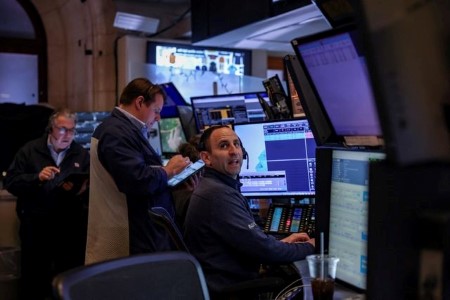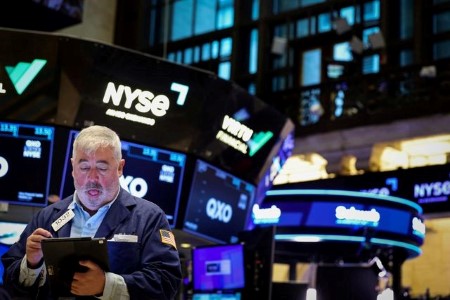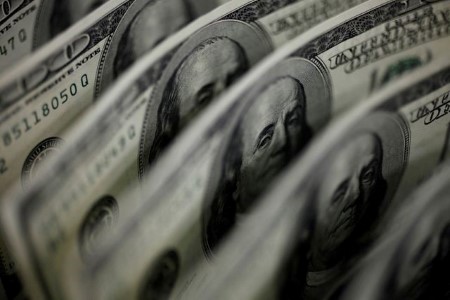NEW YORK – Hedge funds are increasingly betting against stocks, with Nvidia, Advanced Micro Devices, and Tesla as their top three shorts placed on Wednesday, a Morgan Stanley note showed on Thursday.
Wednesday was the third largest day of single stock selling by hedge funds this year, according to the bank’s institutional equity division, led by the technology sector.
Hedge funds mostly added short positions, or bets that stock prices will fall, to their portfolios, although they also slightly trimmed long exposures, Morgan Stanley added.
The hedge funds’ move illustrates how hedge funds are becoming more bearish about the stock market after back-to-back years of gains of over 20% in the S&P 500. The index is down 2.6% this year, as concerns about US trade policy weigh.
Their targeted short bets on companies such as Nvidia and Tesla also underscore hedge funds seeing at least some of the once popular Magnificent Seven shares of the biggest US tech firms as expensive.
Except for Meta Platforms, shares in all other Mag-stocks are underperforming the S&P, with Elon Musk’s carmaker Tesla down over 31% this year, while Nvidia fell more than 16%. AMD, which is not part of that group, is down over 12%.
Still, Morgan Stanley showed funds unwound short bets on Apple and Alphabet on Wednesday.
Data analytics firm Ortex showed that overall short interest in the Magnificent Seven has picked up, although it remains lower than at the beginning of the year.
On Tuesday, short interest in the Magnificent Seven rose 8%, to 1.19%, to slightly retreat in the following day, according to Ortex. The uptick was mostly driven by additional bearish bets on Tesla, in which short interest is close to 3%.
Data from the European Automobile Manufacturers Association (ACEA) showed on Tuesday that Tesla’s market share in Europe continued to shrink in February as its sales dropped. Still, shares rose 3.45% on that day.
Hedge funds’ bearishness is not only concentrated in the United States. Portfolio managers net sold European construction materials-focused companies, as well as financials and energy.
(Reporting by Carolina Mandl in New York; Editing by Alison Williams, William Maclean)







 DOWNLOAD
DOWNLOAD













